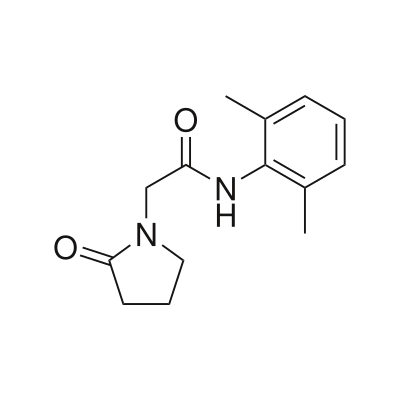Nefiracetam is a popular nootropic drug that has been shown to improve cognitive function and memory in animal studies. In this scientific article, we will explore the pharmacological properties, benefits, and potential side effects of nefiracetam.
Overview:
- What is Nefiracetam?
- Pharmacological Properties
- Benefits of Nefiracetam
- Side Effects of Nefiracetam
What is Nefiracetam?
Nefiracetam is a member of the racetam family of nootropics. It was first developed in Japan in the 1980s and is known for its ability to improve cognitive function and memory. Nefiracetam works by increasing the release of acetylcholine, a neurotransmitter that plays a key role in learning and memory.
Pharmacological Properties:
Nefiracetam is a pyrrolidone nootropic that belongs to the racetam family. It has a similar chemical structure to piracetam, but with an added ethyl group. Nefiracetam is lipid-soluble and can easily cross the blood-brain barrier, making it effective in improving cognitive function and memory.
Benefits of Nefiracetam:
Research has shown that nefiracetam has numerous benefits, including:
- Improved learning and memory
- Increased attention and focus
- Neuroprotective effects
- Reduced anxiety and depression
Side Effects of Nefiracetam:
Nefiracetam is generally well-tolerated, but some individuals may experience mild side effects such as headaches, nausea, or gastrointestinal distress. These side effects are usually temporary and subside with continued use. It is important to speak with a healthcare professional before taking any new supplement or medication.
In conclusion,
nefiracetam is a promising nootropic that has been shown to improve cognitive function and memory. Its pharmacological properties, benefits, and potential side effects make it a valuable option for those seeking to improve their mental performance. However, as with any supplement or medication, it is important to speak with a healthcare professional before taking nefiracetam.
